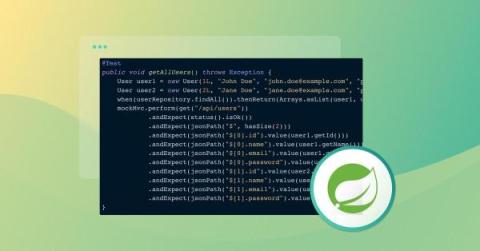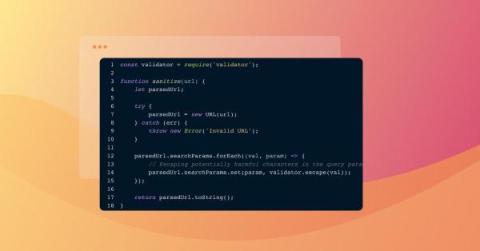Security | Threat Detection | Cyberattacks | DevSecOps | Compliance
Vulnerability
Security implications of cross-origin resource sharing (CORS) in Node.js
In modern web applications, cross-origin resource sharing (CORS) enables secure communication between applications hosted on different origins. Developers use CORS to access other applications’ services within their own. This approach eliminates the need to rewrite features from scratch, accelerating development time and improving the developer experience.
Demystifying NIST Vulnerability Management: A Comprehensive Guide
Protecting sensitive information and securing digital assets now require the use of cybersecurity. Organizations must employ proactive steps to spot and address vulnerabilities as cyber threats continue to become more complex and sophisticated. Vulnerability assessment is one such method, which is important in cybersecurity risk management.
The most common vulnerabilities in your external attack surface
Imagine your organization’s digital fortress – now picture a thousand hidden doors, each a potential entry point for cyber threats. In the world of cybersecurity, these doors are known as ‘external attack surface vulnerabilities’ and understanding them is the first step to locking them down. External attack surface vulnerabilities are the weak points of a company’s network that can potentially be exploited by malicious actors.
A guide to input validation with Spring Boot
If you're a developer working with Java, you likely know Spring Boot, the robust framework that streamlines the development of stand-alone, production-grade, Spring-based applications. One of the many features it offers is Bean Validation, which is a crucial aspect of any application to ensure data integrity and improve user experience.
New Vulnerabilities in Apple Products Exploited in the Wild
CVE-2023-20269: Cisco ASA/Firepower VPN Zero-Day Vulnerability Actively Exploited
How To Discover PII and Privacy Vulnerabilities in Structured Data Sources
How to avoid web cache poisoning attacks
Web cache poisoning is a cyber attack that wreaks havoc on unsuspecting websites. It exploits vulnerabilities by caching mechanisms that web servers, proxies, and content delivery networks (CDNs) use, compromising data integrity. Malicious actors can use cache poisoning to deliver malicious payloads, tamper with sensitive information, or redirect users to fraudulent websites. In this article, we’ll comprehensively explore web cache poisoning attacks and how they work.
Cisco VPN Zero-Day exploited by ransomware gangs (CVE-2023-20269) - Insights and best practices for defense
In the tech security scene, we’re always on the lookout for new vulnerabilities, especially when they are already exploited in the wild. The latest zero-day CVE-2023-20269 is hitting Cisco’s Adaptive Security Appliance VPN features. The attack surface scan conducted by IONIX research on a sample of organizations indicates that 13% of these appliances are potentially vulnerable through at least one interface.











